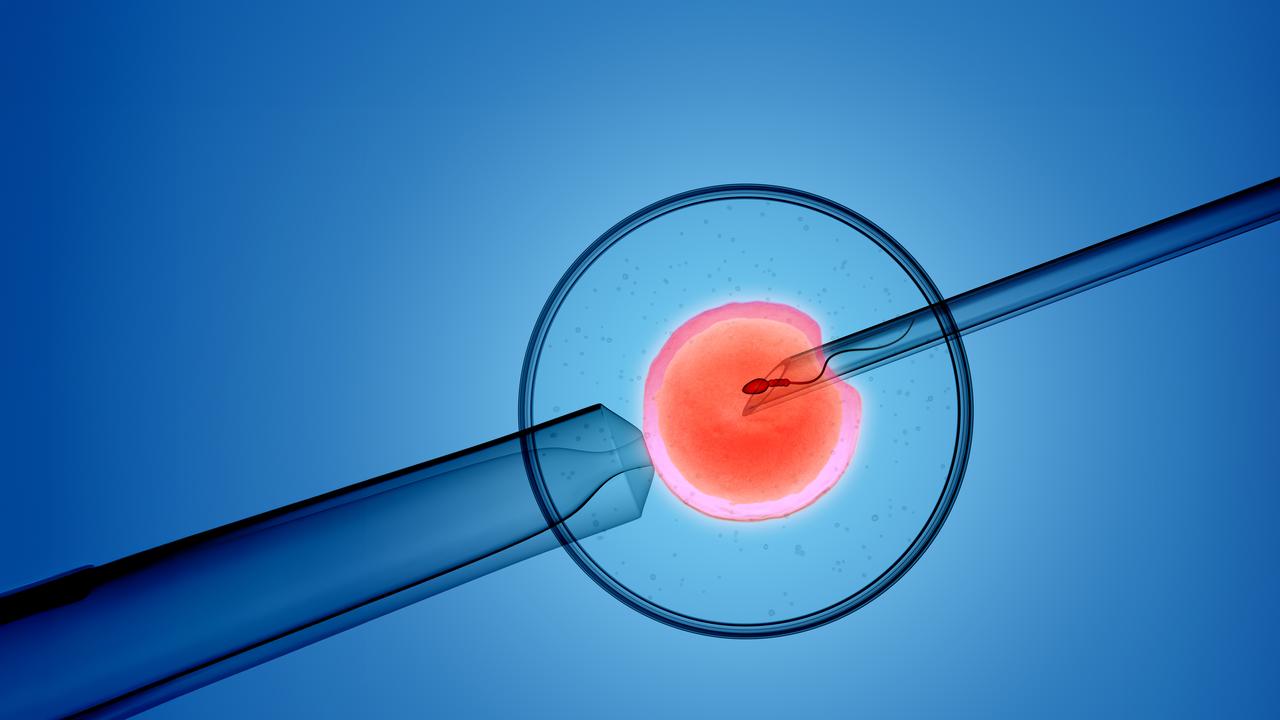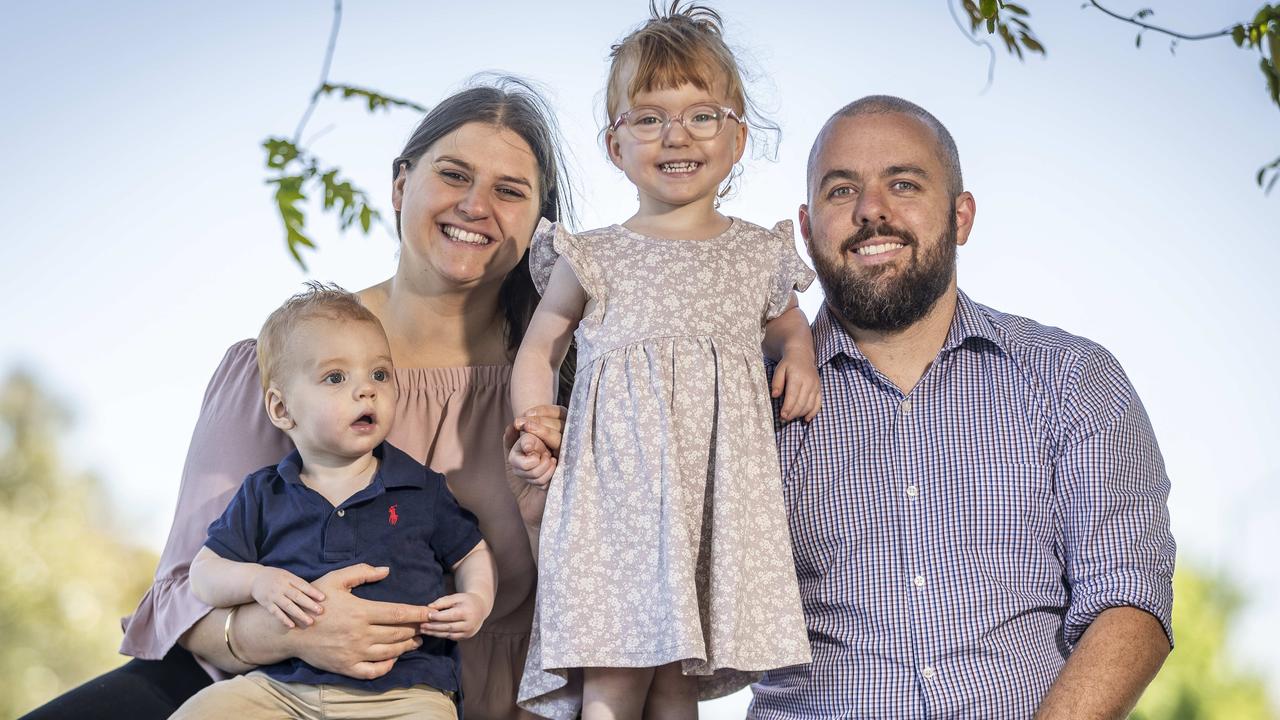Foetal exposure to dangerous medicines shown in UniSA study
IVF pregnancies can carry a higher risk of exposing the foetus to potentially dangerous medicines, a landmark study has shown.

Pregnancy
Don't miss out on the headlines from Pregnancy. Followed categories will be added to My News.
IVF pregnancies are more likely to expose the foetus to potentially dangerous medicines than naturally conceived pregnancies, a study led by UniSA shows.
Medicines involved includes those used as an extra treatment following assisted reproductive technology (ART) such as IVF to prevent repeat miscarriages or failed implantation.
The study of 57,000 pregnancies found 4.9 per cent of the ART pregnancies were exposed to two categories of potentially dangerous medicines, compared to 0.6 per cent of naturally conceived pregnancies.
Researchers say this reveals a potential reason why some pregnancies achieved through ART may result in birth defects in comparison to naturally conceived pregnancies.
UniSA researchers in collaboration with the University of Western Australia and The Kids Research Institute Australia analysed pregnancies in four conception groups over two years.

The groups comprised women using ART (2041); those taking medication to induce ovulation (590); untreated sub-fertile women (2063); and naturally fertile pregnancies (52,987).
They found IVF and intracytoplasmic sperm injection (ICSI) pregnancies had the highest exposure to medicines that potentially can harm the foetus during the first trimester, listed as Category D and X medicines by the Therapeutic Goods Administration.
UniSA researcher Dr Anna Kemp-Casey who led the study said the differences in exposure are primarily linked to medications used as additional treatment following ART to prevent repeat miscarriages or failed implantation, rather than medications to treat underlying
chronic conditions.

“For example, ART pregnancies, during the study period were more often exposed to progestogens like medroxyprogesterone acetate, which may have been used to treat threatened or recurrent miscarriages,” Dr Kemp said.
UWA co-researcher Professor Roger Hart, a practising IVF clinician, said the higher exposure to Category D and X medicines in ART pregnancies during the first trimester may contribute to the higher rate of birth defects observed in ART babies.
“Although ART pregnancies are carefully planned, medications taken during fertility treatments may inadvertently increase exposure to birth defect risks, particularly during critical periods of foetal development,” Prof Hart said.
The risk associated with the use of Category D medicines in pregnancy may be outweighed by the clinical benefit in individual cases such as management of mental health disorders or epilepsy.
However, Category X medicines are strongly discouraged during pregnancy due to the high risk of foetal harm.
Researchers emphasised the findings demonstrate the vast majority of IVF babies are healthy, and do not suggest that ART pregnancies are unsafe, but they underscore the importance of personalised medical care for women undergoing ART treatment and close monitoring for women in early pregnancy.
The study has been published in the Australian and New Zealand Journal of Obstetrics and Gynaecology.
More Coverage
Originally published as Foetal exposure to dangerous medicines shown in UniSA study









